
漢德百科全書 | 汉德百科全书
 Singapore
Singapore

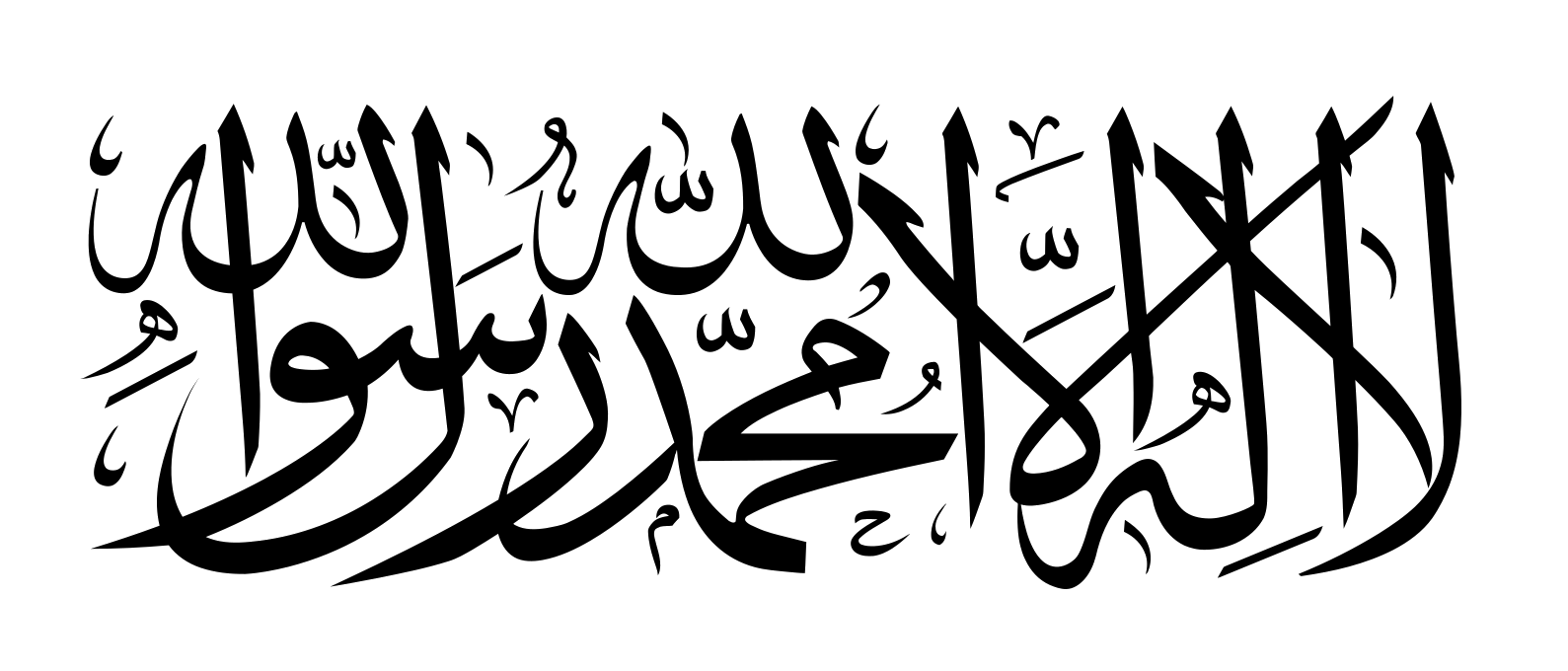 Afghanistan
Afghanistan
 Egypt
Egypt
 Argentina
Argentina
 Armenia
Armenia
 Azerbaijan
Azerbaijan
 Bangladesh
Bangladesh
 Beijing Shi-BJ
Beijing Shi-BJ
 Belarus
Belarus
 Belgium
Belgium
 Amber Road
Amber Road
 Bulgaria
Bulgaria
 Chile
Chile
 China
China
 Chongqing Shi-CQ
Chongqing Shi-CQ
 Germany
Germany
 Eritrea
Eritrea
 Fidschi
Fidschi

 Financial
Financial

 Financial
Financial
 *China economic data
*China economic data
 France
France
 Fujian Sheng-FJ
Fujian Sheng-FJ
 Gansu Sheng-GS
Gansu Sheng-GS
 Georgia
Georgia
 Greece
Greece
 Guangdong Sheng-GD
Guangdong Sheng-GD
 Guangxi Zhuangzu Zizhiqu-GX
Guangxi Zhuangzu Zizhiqu-GX
 Hainan Sheng-HI
Hainan Sheng-HI

 Hand in Hand
Hand in Hand
 Hebei Sheng-HE
Hebei Sheng-HE
 Heilongjiang Sheng-HL
Heilongjiang Sheng-HL
 Henan Sheng-HA
Henan Sheng-HA
 Hongkong Tebiexingzhengqu-HK
Hongkong Tebiexingzhengqu-HK
 India
India
 Indonesia
Indonesia
 Iraq
Iraq
 Iran
Iran
 Italy
Italy
 Japan
Japan
 Yemen
Yemen
 Jiangsu Sheng-JS
Jiangsu Sheng-JS
 Jilin Sheng-JL
Jilin Sheng-JL
 Jordan
Jordan
 Cambodia
Cambodia
 Kasachstan
Kasachstan
 Kenya
Kenya
 Kenya
Kenya
 Kyrgyzstan
Kyrgyzstan
 Laos
Laos
 Liaoning Sheng-LN
Liaoning Sheng-LN
 Madagaskar
Madagaskar
 Malaysia
Malaysia

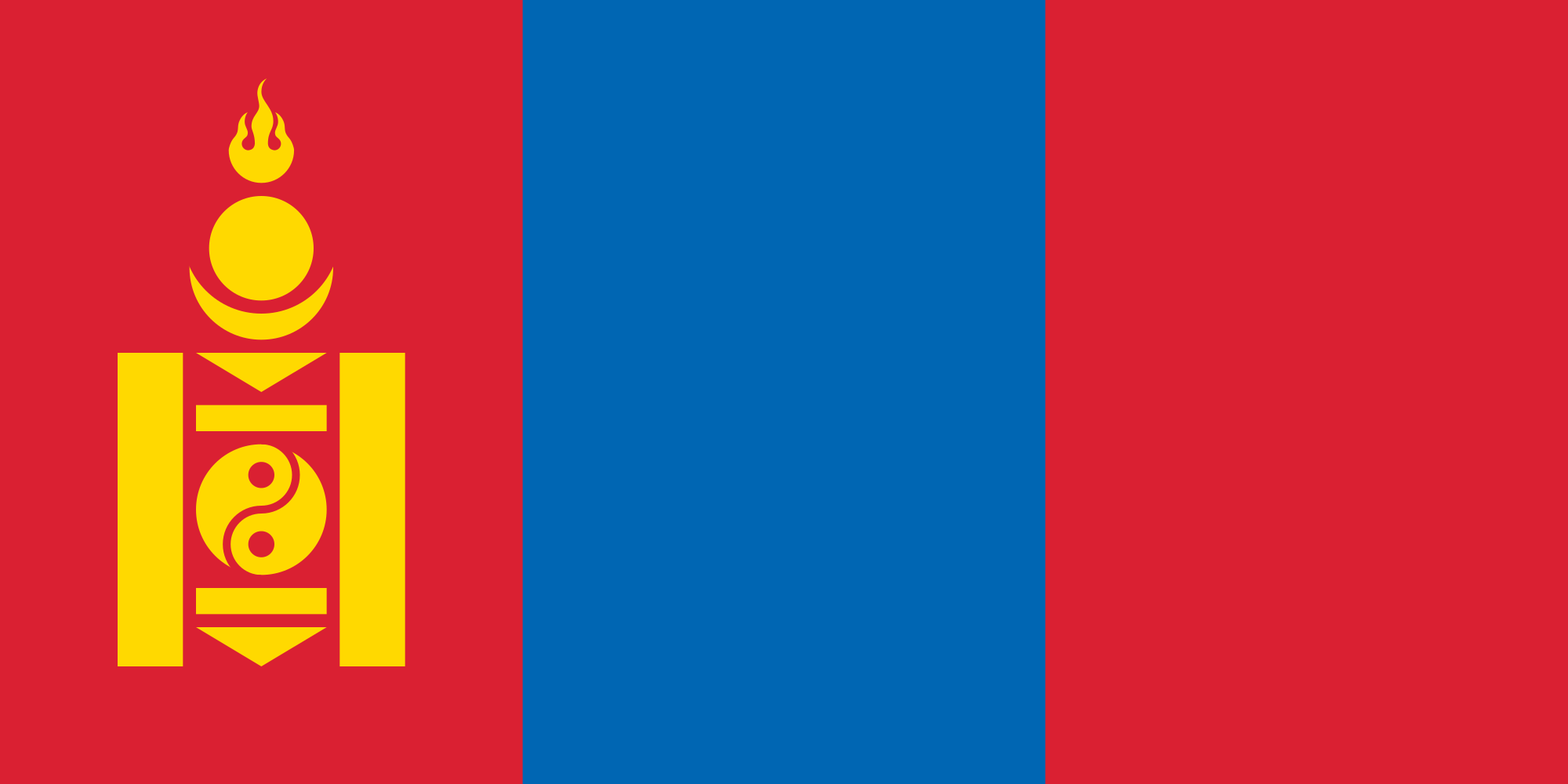 Mongolei
Mongolei
 Myanmar
Myanmar
 Nei Mongol Zizhiqu-NM
Nei Mongol Zizhiqu-NM
 Nepal
Nepal
 Netherlands
Netherlands
 Ningxia Huizu Zizhiqu-NX
Ningxia Huizu Zizhiqu-NX
 Ningxia Huizu Zizhiqu-NX
Ningxia Huizu Zizhiqu-NX
 Oman
Oman
 Austria
Austria
 Pakistan
Pakistan
 Philippines
Philippines
 Poland
Poland
 Portugal
Portugal
 Qinghai Sheng-QH
Qinghai Sheng-QH
 Republic of Korea
Republic of Korea
 Republic of the Sudan
Republic of the Sudan
 Russia
Russia
 Switzerland
Switzerland
 Silk road
Silk road
 Serbia
Serbia
 Serbia
Serbia
 Shaanxi Sheng-SN
Shaanxi Sheng-SN
 Shanghai Shi-SH
Shanghai Shi-SH
 Sichuan Sheng-SC
Sichuan Sheng-SC
 Singapore
Singapore
 Slovakia
Slovakia
 Somalia
Somalia
 Spain
Spain
 Sri Lanka
Sri Lanka
 South Africa
South Africa
 Syria
Syria
 Tajikistan
Tajikistan
 Taiwan Sheng-TW
Taiwan Sheng-TW
 Tianjin Shi-TJ
Tianjin Shi-TJ
 Tianjin Shi-TJ
Tianjin Shi-TJ
 Czech Republic
Czech Republic
 Czech Republic
Czech Republic
 Turkey
Turkey
 Turkmenistan
Turkmenistan
 Ukraine
Ukraine
 Hungary
Hungary

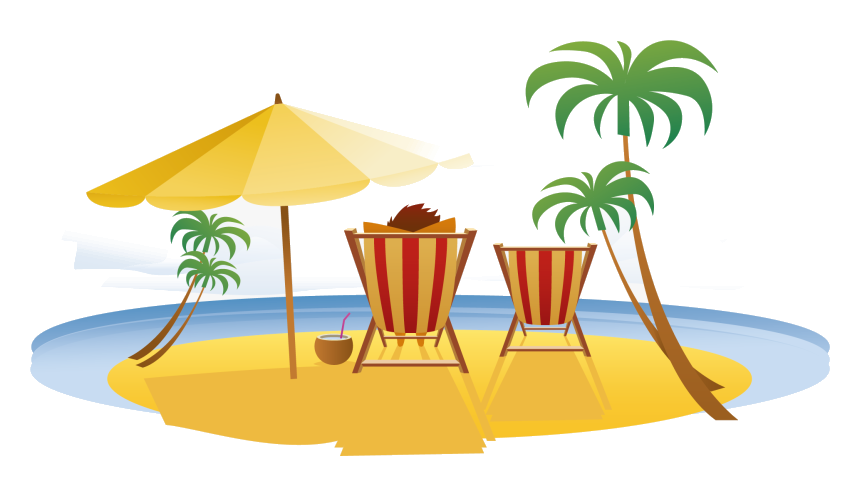 Vacation and Travel
Vacation and Travel
 Uzbekistan
Uzbekistan
 United Kingdom
United Kingdom
 Vietnam
Vietnam

 World Heritage
World Heritage

 Economy and trade
Economy and trade
 Xinjiang Uygur Zizhiqu-XJ
Xinjiang Uygur Zizhiqu-XJ
 Zhejiang Sheng-ZJ
Zhejiang Sheng-ZJ
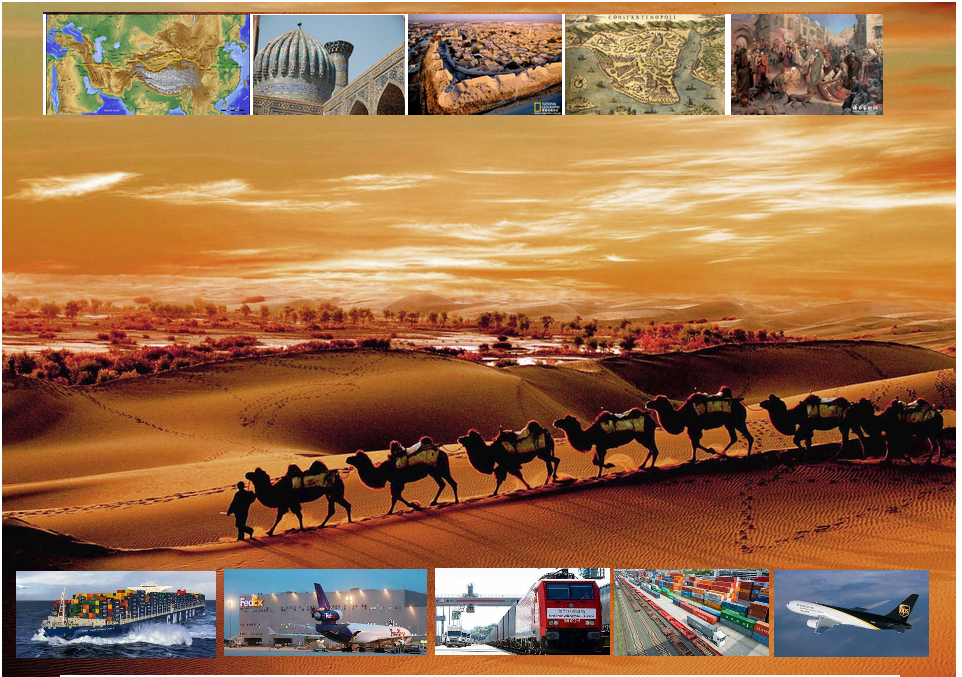
Als Seidenstraße (chinesisch 絲綢之路 / 丝绸之路, Pinyin Sīchóu zhī Lù ‚die Route / Straße der Seide‘; mongolisch ᠲᠣᠷᠭᠠᠨ ᠵᠠᠮ Tôrgan Jam; kurz: 絲路 / 丝路, Sīlù) bezeichnet man ein altes Netz von Karawanenstraßen, dessen Hauptroute den Mittelmeerraum auf dem Landweg über Zentralasien mit Ostasien verband. Die Bezeichnung geht auf den im 19. Jahrhundert lebenden deutschen Geografen Ferdinand von Richthofen zurück, der den Begriff 1877 erstmals verwendet hat.
Auf der antiken Seidenstraße wurde in westliche Richtung hauptsächlich Seide, gen Osten vor allem Wolle, Gold und Silber gehandelt.[1] Nicht nur Kaufleute, Gelehrte und Armeen nutzten ihr Netz, sondern auch Ideen, Religionen und ganze Kulturkreise diffundierten und migrierten auf den Routen von Ost nach West und umgekehrt: hierüber kamen z. B. der Nestorianismus (aus dem spätantiken Römischen Reich) und der Buddhismus (von Indien) nach China.[1]
Die 6.400 Kilometer[1] lange Route begann in Xi’an und folgte dem Verlauf der Chinesischen Mauer in Richtung Nordwesten, passierte die Taklamakan-Wüste, überwand das Pamirgebirge und führte über Afghanistan in die Levante; von hier wurden die Handelsgüter dann über das Mittelmeer verschifft. Nur wenige Kaufleute reisten auf der gesamten Route, die Waren wurden eher gestaffelt über Zwischenhändler transportiert.
Ihre größte Bedeutung erreichte das Handels- und Wegenetz zwischen 115 v. Chr. und dem 13. Jahrhundert n. Chr. Mit dem allmählichen Verlust römischen Territoriums in Asien und dem Aufstieg Arabiens in der Levante wurde die Seidenstraße zunehmend unsicher und kaum noch bereist. Im 13. und 14. Jahrhundert wurde die Strecke unter den Mongolen wiederbelebt, u. a. benutzte sie zu der Zeit der Venezianer Marco Polo um nach Cathay (China) zu reisen. Nach weit verbreiteter Ansicht war die Route einer der Hauptwege, über die Mitte des 14. Jahrhunderts Pestbakterien von Asien nach Europa gelangten und dort den Schwarzen Tod verursachten.[1]
Teile der Seidenstraße sind zwischen Pakistan und dem autonomen Gebiet Xinjiang in China heute noch als asphaltierte Fernstraße vorhanden (-> Karakorum Highway). Die alte Straße inspirierte die Vereinten Nationen zu einem Plan für eine transasiatische Fernstraße. Von der UN-Wirtschafts- und Sozialkommission für Asien und den Pazifik (UNESCAP) wird die Einrichtung einer durchgehenden Eisenbahnverbindung entlang der Route vorangetrieben, der Trans-Asian Railway.[1]
Die "Neue Seidenstraße", das "One Belt, One Road"-Projekt der Volksrepublik China unter ihrem Staatspräsident Xi Jinping umfasst landgestützte (Silk Road Economic Belt) und maritime (Maritime Silk Road) Infrastruktur- und Handelsrouten, Wirtschaftskorridore und Transportlinien von China über Zentralasien und Russland bzw. über Afrika nach Europa, dazu werden verschiedenste Einrichtungen (z. B. Tiefsee- oder Containerterminals) und Verbindungen (wie Bahnlinien oder Gaspipelines) entwickelt bzw. ausgebaut. Bestehende Korridore sind einerseits Landverbindungen über die Türkei oder Russland und andererseits Anknüpfungen zum Hafen von Shanghai, über Hongkong und Singapur nach Indien und Ostafrika, Dubai, den Suez-Kanal, den griechischen Hafen Piräus nach Venedig.[2]
Das Projekt One Belt, One Road (OBOR, chinesisch 一帶一路 / 一带一路, Pinyin Yídài Yílù ‚Ein Band, Eine Straße‘, neuerdings Belt and Road, da „One“ zu negativ besetzt war) bündelt seit 2013 die Interessen und Ziele der Volksrepublik China unter Staatspräsident Xi Jinping zum Auf- und Ausbau interkontinentaler Handels- und Infrastruktur-Netze zwischen der Volksrepublik und zusammen 64 weiteren Ländern Afrikas, Asiens und Europas. Die Initiative bzw. das Gesamtprojekt betrifft u. A. rund 62 % der Weltbevölkerung und ca. 35 % der Weltwirtschaft.[1][2]
Umgangssprachlich wird das Vorhaben auch „Belt and Road Initiative“ (B&R, BRI) bzw. ebenso wie das Projekt Transport Corridor Europe-Caucasus-Asia (TRACECA) auch „Neue Seidenstraße“ (新絲綢之路 / 新丝绸之路, Xīn Sīchóuzhīlù) genannt. Es bezieht sich auf den geografischen Raum des historischen, bereits in der Antike genutzten internationalen Handelskorridors „Seidenstraße“; zusammengefasst handelt es sich um zwei Bereiche, einen nördlich gelegenen zu Land mit sechs Bereichen unter dem Titel Silk Road Economic Belt und einen südlich gelegenen Seeweg namens Maritime Silk Road.
丝绸之路(德语:Seidenstraße;英语:Silk Road),常简称为丝路,此词最早来自于德意志帝国地理学家费迪南·冯·李希霍芬男爵于1877年出版的一套五卷本的地图集。[1]
丝绸之路通常是指欧亚北部的商路,与南方的茶马古道形成对比,西汉时张骞以长安为起点,经关中平原、河西走廊、塔里木盆地,到锡尔河与乌浒河之间的中亚河中地区、大伊朗,并联结地中海各国的陆上通道。这条道路也被称为“陆路丝绸之路”,以区别日后另外两条冠以“丝绸之路”名称的交通路线。因为由这条路西运的货物中以丝绸制品的影响最大,故得此名。其基本走向定于两汉时期,包括南道、中道、北道三条路线。但实际上,丝绸之路并非是一条 “路”,而是一个穿越山川沙漠且没有标识的道路网络,并且丝绸也只是货物中的一种。[1]:5
广义的丝绸之路指从上古开始陆续形成的,遍及欧亚大陆甚至包括北非和东非在内的长途商业贸易和文化交流线路的总称。除了上述的路线之外,还包括约于前5世纪形成的草原丝绸之路、中古初年形成,在宋代发挥巨大作用的海上丝绸之路和与西北丝绸之路同时出现,在宋初取代西北丝绸之路成为路上交流通道的南方丝绸之路。
虽然丝绸之路是沿线各君主制国家共同促进经贸发展的产物,但很多人认为,西汉的张骞在前138—前126年和前119年曾两次出使西域,开辟了中外交流的新纪元,并成功将东西方之间最后的珠帘掀开。司马迁在史记中说:“于是西北国始通于汉矣。然张骞凿空,其后使往者皆称博望侯,以为质与国外,外国由此信之”,称赞其开通西域的作用。从此,这条路线被作为“国道”踩了出来,各国使者、商人、传教士等沿着张骞开通的道路,来往络绎不绝。上至王公贵族,下至乞丐狱犯,都在这条路上留下了自己的足迹。这条东西通路,将中原、西域与大伊朗、累范特、阿拉伯紧密联系在一起。经过几个世纪的不断努力,丝绸之路向西伸展到了地中海。广义上丝路的东段已经到达了朝鲜、日本,西段至法国、荷兰。通过海路还可达意大利、埃及,成为亚洲和欧洲、非洲各国经济文化交流的友谊之路。
丝绸之路经济带和21世纪海上丝绸之路(英语:The Silk Road Economic Belt and the 21st-century Maritime Silk Road[1]),简称一带一路(英语:The Belt and Road Initiative,缩写B&R)[1],是中华人民共和国政府于2013年倡议[2]并主导的跨国经济带[3]。
一带一路范围涵盖历史上丝绸之路和海上丝绸之路行经的中国、中亚、北亚和西亚、印度洋沿岸、地中海沿岸的国家和地区。中国政府指出,“一带一路”倡议坚持共商、共建、共享的原则,努力实现沿线区域基础设施更加完善,更加安全高效,以形成更高水平的陆海空交流网络。同时使投资贸易的便利化水平更有效的提升,建立高品质、高标准的自由贸易区域网。以使沿线各国经济联系更加紧密,政治互信更加的深入,人文交流更加的广泛[4]。
シルクロード(絹の道、英語: Silk Road, ドイツ語: Seidenstraße, 繁体字:絲綢之路, 簡体字:丝绸之路)は、中国と地中海世界の間の歴史的な交易路を指す呼称である。絹が中国側の最も重要な交易品であったことから名付けられた。その一部は2014年に初めて「シルクロード:長安-天山回廊の交易路網」としてユネスコの世界遺産に登録された。
「シルクロード」という名称は、19世紀にドイツの地理学者リヒトホーフェンが、その著書『China(支那)』(1巻、1877年)においてザイデンシュトラーセン(ドイツ語:Seidenstraßen;「絹の道」の複数形)として使用したのが最初であるが、リヒトホーフェンは古来中国で「西域」と呼ばれていた東トルキスタン(現在の中国新疆ウイグル自治区)を東西に横断する交易路、いわゆる「オアシスの道(オアシスロード)」を経由するルートを指してシルクロードと呼んだのである。リヒトホーフェンの弟子で、1900年に楼蘭の遺跡を発見したスウェーデンの地理学者ヘディンが、自らの中央アジア旅行記の書名の一つとして用い、これが1938年に『The Silk Road』の題名で英訳されて広く知られるようになった。
シルクロードの中国側起点は長安(陝西省西安市)、欧州側起点はシリアのアンティオキアとする説があるが、中国側は洛陽、欧州側はローマと見る説などもある。日本がシルクロードの東端だったとするような考え方もあり、特定の国家や組織が経営していたわけではないのであるから、そもそもどこが起点などと明確に定められる性質のものではない。
現在の日本でこの言葉が使われるときは、特にローマ帝国と秦・漢帝国、あるいは大唐帝国の時代の東西交易が念頭に置かれることが多いが、広くは近代(大航海時代)以前のユーラシア世界の全域にわたって行われた国際交易を指し、南北の交易路や海上の交易路をも含める。つまり、北方の「草原の道(ステップロード)」から南方の「海の道(シーロード)」までを含めて「シルクロード」と呼ばれるようになっているわけである。
シルクロード経済ベルトと21世紀海洋シルクロード(シルクロードけいざいベルトと21せいきかいようシルクロード、拼音: 、英語: The Silk Road Economic Belt and the 21st-century Maritime Silk Road)とは、2014年11月10日に中華人民共和国北京市で開催されたアジア太平洋経済協力首脳会議で、習近平総書記が提唱した経済圏構想である。
略称は一帯一路(いったいいちろ、拼音: 、英語: The Belt and Road Initiative, BRI; One Belt, One Road Initiative, OBOR)。
The Silk Road was an ancient network of trade routes that connected the East and West. It was central to cultural interaction between the regions for many centuries.[1][2][3] The Silk Road refers to both the terrestrial and the maritime routes connecting East Asia and Southeast Asia with East Africa, West Asia and Southern Europe.
The Silk Road derives its name from the lucrative trade in silk carried out along its length, beginning in the Han dynasty (207 BCE–220 CE). The Han dynasty expanded the Central Asian section of the trade routes around 114 BCE through the missions and explorations of the Chinese imperial envoy Zhang Qian.[4] The Chinese took great interest in the safety of their trade products and extended the Great Wall of China to ensure the protection of the trade route.[5]
Trade on the Road played a significant role in the development of the civilizations of China, Korea,[6] Japan,[2] India, Iran, Afghanistan, Europe, the Horn of Africa and Arabia, opening long-distance political and economic relations between the civilizations.[7] Though silk was the major trade item exported from China, many other goods were traded, as well as religions, syncretic philosophies, sciences, and technologies. Diseases, most notably plague, also spread along the Silk Road.[8] In addition to economic trade, the Silk Road was a route for cultural trade among the civilizations along its network.[9]
Traders in ancient history included the Bactrians, Sogdians, Syrians, Jews, Arabs, Iranians, Turkmens, Chinese, Malays, Indians, Somalis, Greeks, Romans, Georgians, Armenians, and Azerbaijanis.[10]
In June 2014, UNESCO designated the Chang'an-Tianshan corridor of the Silk Road as a World Heritage Site. The Indian portion is on the tentative site list.
The Belt and Road Initiative (BRI) or the Silk Road Economic Belt and the 21st-century Maritime Silk Road is a development strategy adopted by the Chinese government. The 'belt' refers to the overland interconnecting infrastructure corridors; the Silk Road Economic Belt (SREB) component. The 'road' refers to the sea route corridors; the 21st Century Maritime Silk Road (MSR) component.[2] The initiative focuses on connectivity and cooperation between Eurasian countries, primarily the People's Republic of China (PRC).
Until 2016 the initiative was known in English as the One Belt and One Road Initiative (OBOR) but the Chinese came to consider the emphasis on the word "one" as misleading.[3]
The Chinese government calls the initiative "a bid to enhance regional connectivity and embrace a brighter future".[4] Independent observers, however, see it as a push for Chinese dominance in global affairs with a China-centered trading network.[5][6]
La route de la soie est un réseau ancien de routes commerciales entre l'Asie et l'Europe, reliant la ville de Chang'an (actuelle Xi'an) en Chine à la ville d'Antioche, en Syrie médiévale (aujourd'hui en Turquie). Elle tire son nom de la plus précieuse marchandise qui y transitait : la soie.
La route de la soie était un faisceau de pistes par lesquelles transitaient de nombreuses marchandises, et qui monopolisa les échanges Est-Ouest pendant des siècles. Les plus anciennes traces connues de la route de la soie, comme voie de communication avec les populations de l'Ouest, remontent à « 2000 avant notre ère au moins ». Les Chinois en fixent l'ouverture au voyage de Zhang Qian en 138-1261. Mais la route de la soie s'est développée surtout sous la dynastie Han (221 av. J.-C. - 220 ap. J.-C.), en particulier Han Wudi.
Puis sous la dynastie Tang (618-907). À partir du XVe siècle, la route de la soie est progressivement abandonnée, l'instabilité des guerres turco-byzantines, puis la chute de Constantinople poussent en effet les Occidentaux à chercher une nouvelle route maritime vers les Indes. L'abandon de la route de la soie correspond ainsi au début de la période des « Grandes découvertes » durant laquelle les techniques de transport maritime deviennent de plus en plus performantes. Du côté chinois, les empereurs Ming Yongle, puis Ming Xuanzong chargent, à la même époque, l'amiral Zheng He d'expéditions maritimes similaires.
La nouvelle route de la soie ou la Ceinture et la Route2 (stratégie aussi appelée OBOR en anglais pour One Belt, One Road3) est à la fois un ensemble de liaisons maritimes et de voies ferroviaires entre la Chine et l'Europe passant par le Kazakhstan, la Russie, la Biélorussie, la Pologne, l'Allemagne, la France et le Royaume-Uni.
Le nouveau nom est Initiative route et ceinture (Belt and Road Initiative, B&R selon l’acronyme anglais) afin de marquer le fait que ce projet ne se limite pas à une seule route4.
Outre l'amélioration de la connectivité ferroviaire, il s'agit aussi d'une stratégie de développement pour promouvoir la coopération entre les pays sur une vaste bande s'étendant à travers l'Eurasie et pour renforcer la position de la Chine sur le plan mondial, par exemple en préservant la connexion de la Chine avec le reste du monde en cas de tensions militaires sur ses zones côtières5.
La Nouvelle route de la soie a été dévoilée à l'automne 2013 par le gouvernement chinois en tant que pendant terrestre du collier de perles6 ; elle est l'une des priorités de la diplomatie chinoise, sous la présidence de Xi Jinping7.
Selon CNN, ce projet englobera 68 pays représentant 4,4 milliards d’habitants et 62 % du PIB mondial8.
Per via della seta (in cinese: 絲綢之路T, 丝绸之路S, sī chóu zhī lùP; persiano: راه ابریشم, Râh-e Abrisham) s'intende il reticolo, che si sviluppava per circa 8.000 km, costituito da itinerari terrestri, marittimi e fluviali lungo i quali nell'antichità si erano snodati i commerci tra l'impero cinese e quello romano.
Le vie carovaniere attraversavano l'Asia centrale e il Medio Oriente, collegando Chang'an (oggi Xi'an), in Cina, all'Asia Minore e al Mediterraneo attraverso il Medio Oriente e il Vicino Oriente. Le diramazioni si estendevano poi a est alla Corea e al Giappone e, a Sud, all'India. Il nome apparve per la prima volta nel 1877, quando il geografo tedesco Ferdinand von Richthofen (1833-1905) pubblicò l'opera Tagebucher aus China. Nell'Introduzione von Richthofen nomina la Seidenstraße, la «via della seta».
La destinazione finale della seta che su di essa viaggiava (non certo da sola ma insieme a tante altre merci preziose) era Roma, dove per altro non si sapeva con precisione quale ne fosse l'origine (se animale o vegetale) e da dove provenisse. Altre merci altrettanto preziose viaggiavano in senso inverso, e insieme alle merci viaggiavano grandi idee e religioni (concetti fondamentali di matematica, geometria, astronomia) in entrambi i sensi, manicheismo, e nestorianesimo verso oriente. Sulla via della seta compì un complesso giro quasi in tondo anche il buddhismo, dall'India all'Asia Centrale alla Cina e infine al Tibet (il tutto per trovare itinerari che permettessero di evitare le quasi invalicabili montagne dell'Himalaya).
Questi scambi commerciali e culturali furono determinanti per lo sviluppo e il fiorire delle antiche civiltà dell'Egitto, della Cina, dell'India e di Roma, ma furono di grande importanza anche nel gettare le basi del mondo medievale e moderno.
La Nuova via della seta è un'iniziativa strategica della Cina per il miglioramento dei collegamenti e della cooperazione tra paesi nell'Eurasia. Comprende le direttrici terrestri della "zona economica della via della seta" e la "via della seta marittima del XXI secolo" (in cinese: 丝绸之路经济带和21世纪海上丝绸之路S, Sīchóu zhī lù jīngjìdài hé èrshíyī shìjì hǎishàng sīchóu zhī lùP), ed è conosciuta anche come "iniziativa della zona e della via" (一带一路S, tradotta comunemente in inglese con Belt and Road Initiative, BRI) o "una cintura, una via" e col corrispondente iniziale acronimo inglese OBOR (One belt, one road), poi modificato in BRI per sottolineare l'estensione del progetto non esclusivo solo della Cina[1], nonostante la prospettiva sinocentrica, com'è stato illustrato in un recente studio italiano[2].
Partendo dallo sviluppo delle infrastrutture di trasporto e logistica, la strategia mira a promuovere il ruolo della Cina nelle relazioni globali, favorendo i flussi di investimenti internazionali e gli sbocchi commerciali per le produzioni cinesi. L'iniziativa di un piano organico per i collegamenti terrestri (la cintura) è stata annunciata pubblicamente dal presidente cinese Xi Jinping a settembre del 2013, e la via marittima ad ottobre dello stesso anno, contestualmente alla proposta di costituire la Banca asiatica d'investimento per le infrastrutture (AIIB), dotata di un capitale di 100 miliardi di dollari USA, di cui la Cina stessa sarebbe il principale socio, con un impegno pari a 29,8 miliardi e gli altri paesi asiatici (tra cui l'India e la Russia) e dell'Oceania avrebbero altri 45 miliardi (l'Italia si è impegnata a sottoscrivere una quota di 2,5 miliardi).
La Ruta de la Seda fue una red de rutas comerciales organizadas a partir del negocio de la seda china desde el siglo I a. C., que se extendía por todo el continente asiático, conectando a China con Mongolia, el subcontinente indio, Persia, Arabia, Siria, Turquía, Europa y África. Sus diversas rutas comenzaban en la ciudad de Chang'an (actualmente Xi'an) en China, pasando entre otras por Karakórum (Mongolia), el Paso de Khunjerab (China/Pakistán), Susa (Persia), el Valle de Fergana (Tayikistán), Samarcanda (Uzbekistán), Taxila (Pakistán), Antioquía en Siria, Alejandría (Egipto), Kazán (Rusia) y Constantinopla (actualmente Estambul, Turquía) a las puertas de Europa, llegando hasta los reinos hispánicos en el siglo XV, en los confines de Europa y a Somalia y Etiopía en el África oriental.
El término "Ruta de la Seda" fue creado por el geógrafo alemán Ferdinand Freiherr von Richthofen, quien lo introdujo en su obra Viejas y nuevas aproximaciones a la Ruta de la Seda, en 1877. Debe su nombre a la mercancía más prestigiosa que circulaba por ella, la seda, cuya elaboración era un secreto que solo los chinos conocían. Los romanos (especialmente las mujeres de la aristocracia) se convirtieron en grandes aficionados de este tejido, tras conocerlo antes del comienzo de nuestra era a través de los partos, quienes se dedicaban a su comercio. Muchos productos transitaban estas rutas: piedras y metales preciosos (diamantes de Golconda, rubíes de Birmania, jade de China, perlas del golfo Pérsico), telas de lana o de lino, ámbar, marfil, laca, especias, porcelana, vidrio, materiales manufacturados, coral, etc.
En junio de 2014, la Unesco eligió un tramo de la Ruta de la Seda como Patrimonio de la Humanidad con la denominación Rutas de la Seda: red viaria de la ruta del corredor Chang’an-Tian-shan. Se trata de un tramo de 5000 kilómetros de la gran red viaria de las Rutas de la Seda que va desde la zona central de China hasta la región de Zhetysu, situada en el Asia Central, incluyendo 33 nuevos sitios en China, Kazajistán y Kirguistán.1
La Iniciativa del Cinturón y Ruta de la Seda o Belt and Road Initiative, abreviada BRIZNA (también One Belt, One Road, abreviado OBOR y también la Nueva Ruta de la Seda) y NRS (Nueva Ruta de la Seda) por las siglas en español, es el nombre con que se conoce el proyecto político-económico del Secretario General del Partido Comunista de China, Xi Jinping, que propuso en septiembre de 2013 en sus respectivos viajes a Rusia, Kazajistán y Bielorrusia. Bajo el pretexto de que "hace más de dos milenios, las personas diligentes y valientes de Eurasia exploraron y abrieron nuevas vías de intercambio comercial y cultural que unían las principales civilizaciones de Asia, Europa y África, colectivamente llamadas ruta de la seda por generaciones posteriores", el proyecto quiere conectar Europa, Asia del Sur-Oriental, Asia Central y el Oriente Medio, mediante el modelo económico, e implícitamente político, chino.12
El proyecto parte de la reconstrucción de la antigua ruta de la seda y la creac


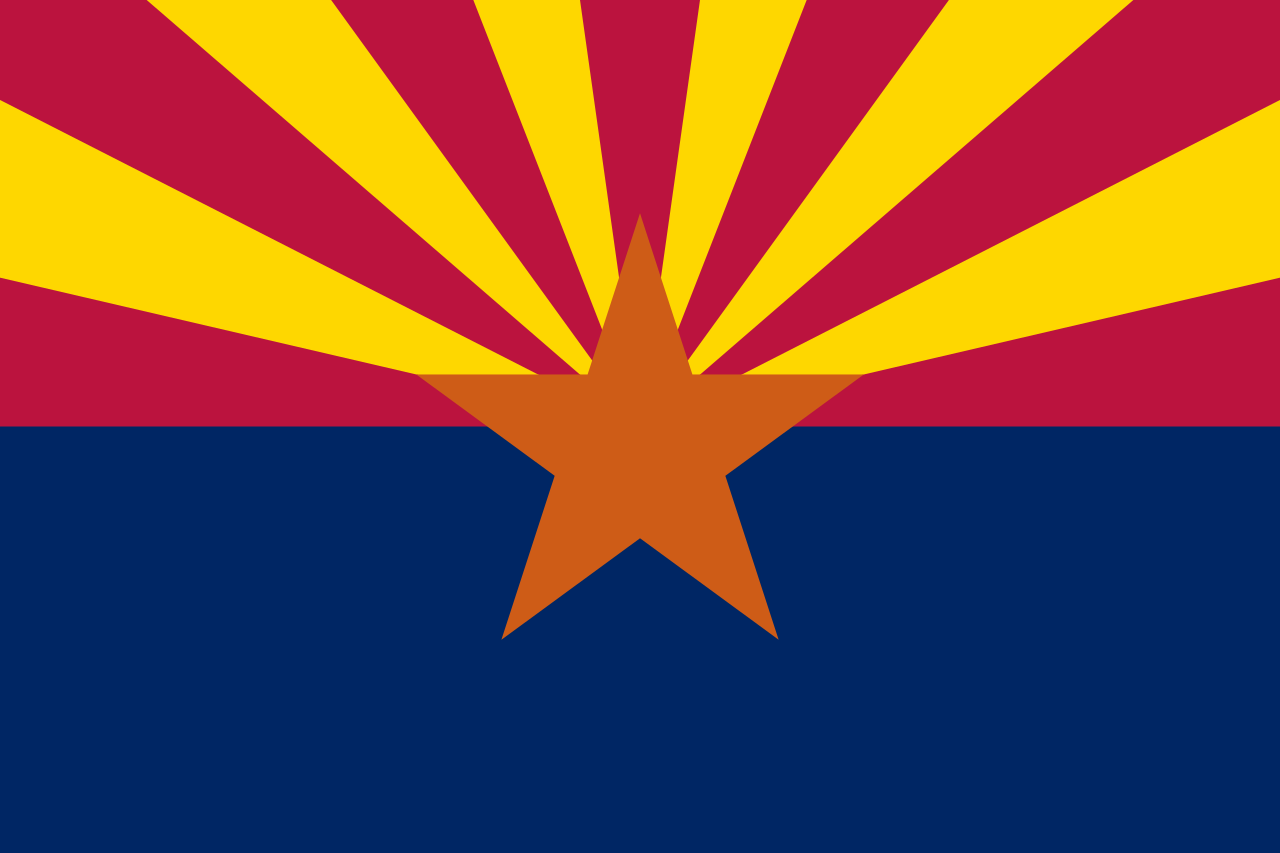 Arizona-AZ
Arizona-AZ


 IT-Times
IT-Times
 IC
IC


 IT-Times
IT-Times
 Semiconductor technology
Semiconductor technology
 Jiangsu Sheng-JS
Jiangsu Sheng-JS
 Kyūshū
Kyūshū

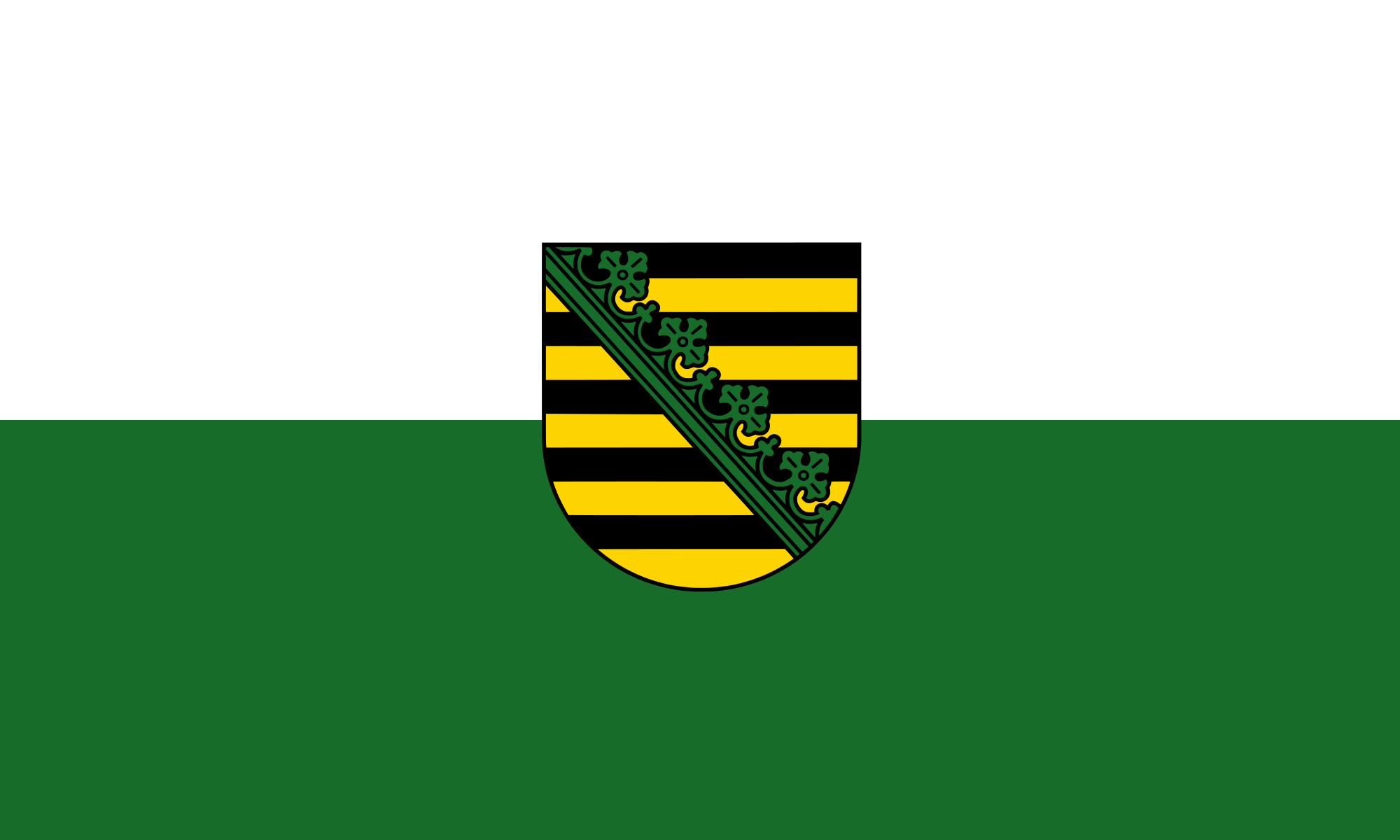 Saxony
Saxony
 Shanghai Shi-SH
Shanghai Shi-SH
 Singapore
Singapore
 Taiwan Sheng-TW
Taiwan Sheng-TW

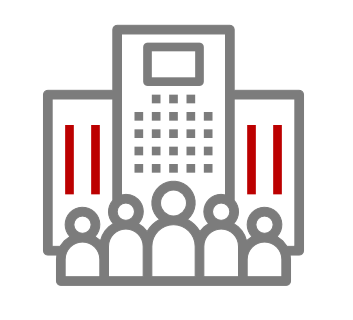 Companies
Companies
 *Big semiconductor manufacturer
*Big semiconductor manufacturer

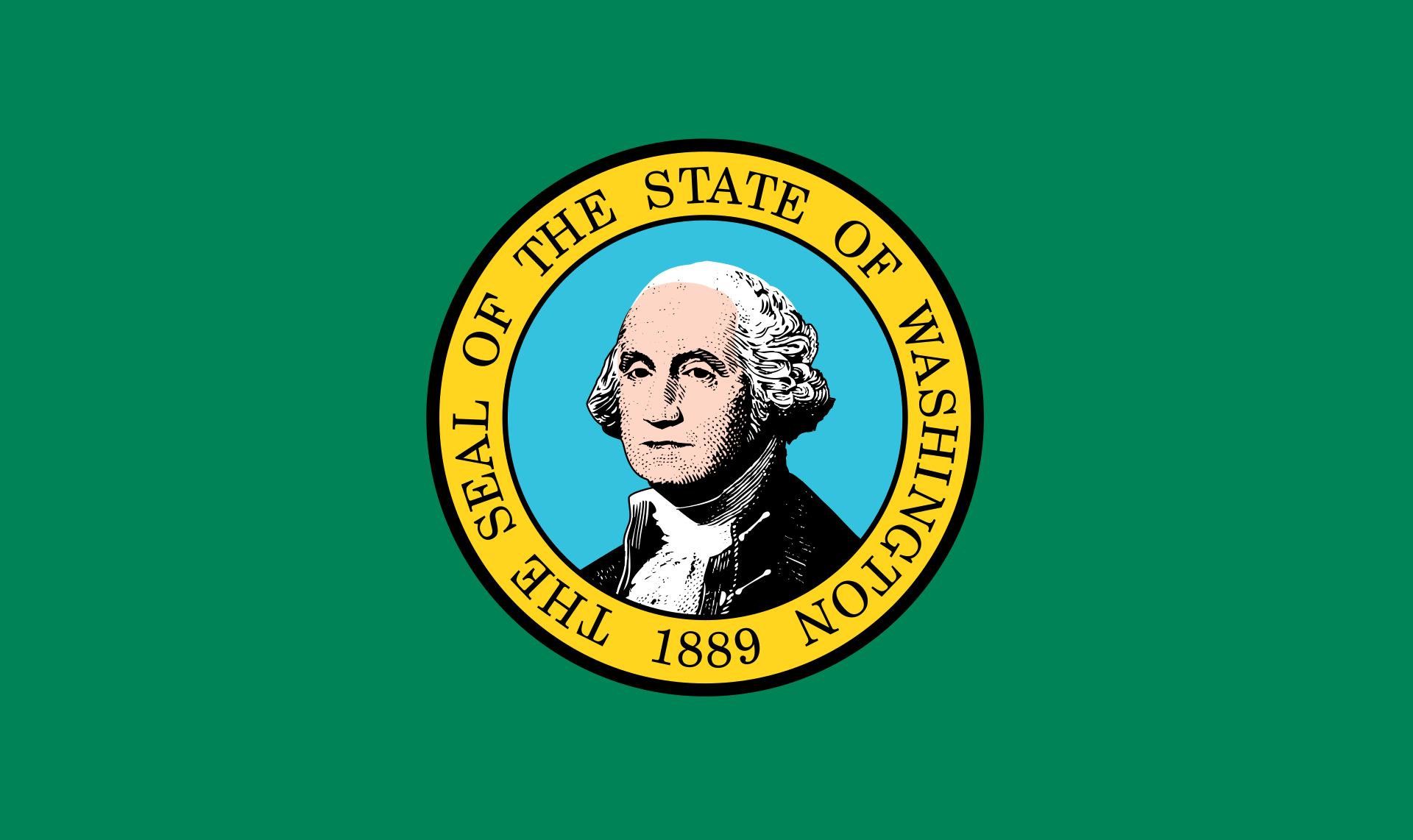 Washington-WA
Washington-WA

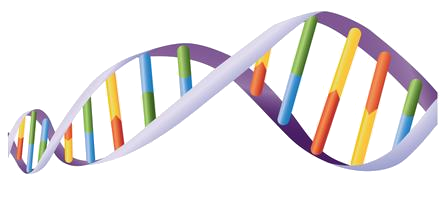 Science and technology
Science and technology
 Global Innovators
Global Innovators

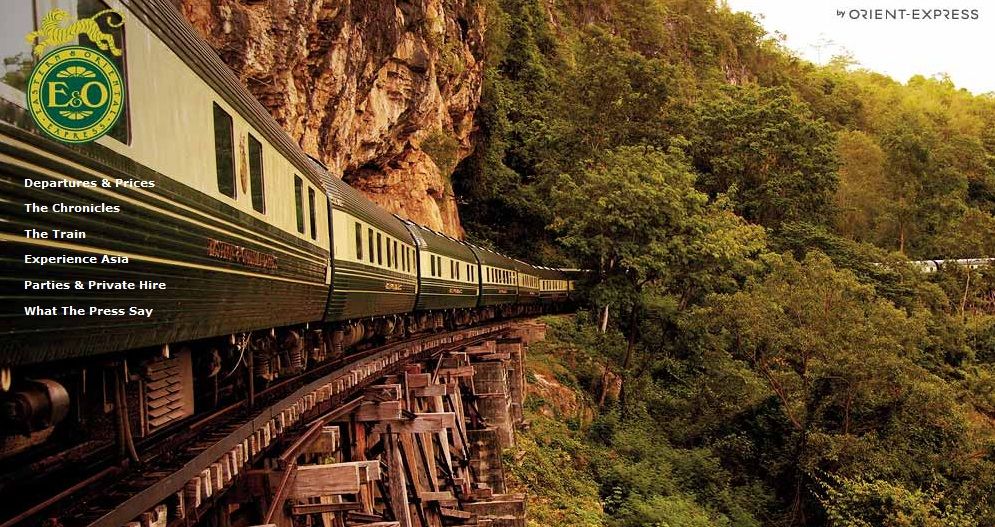
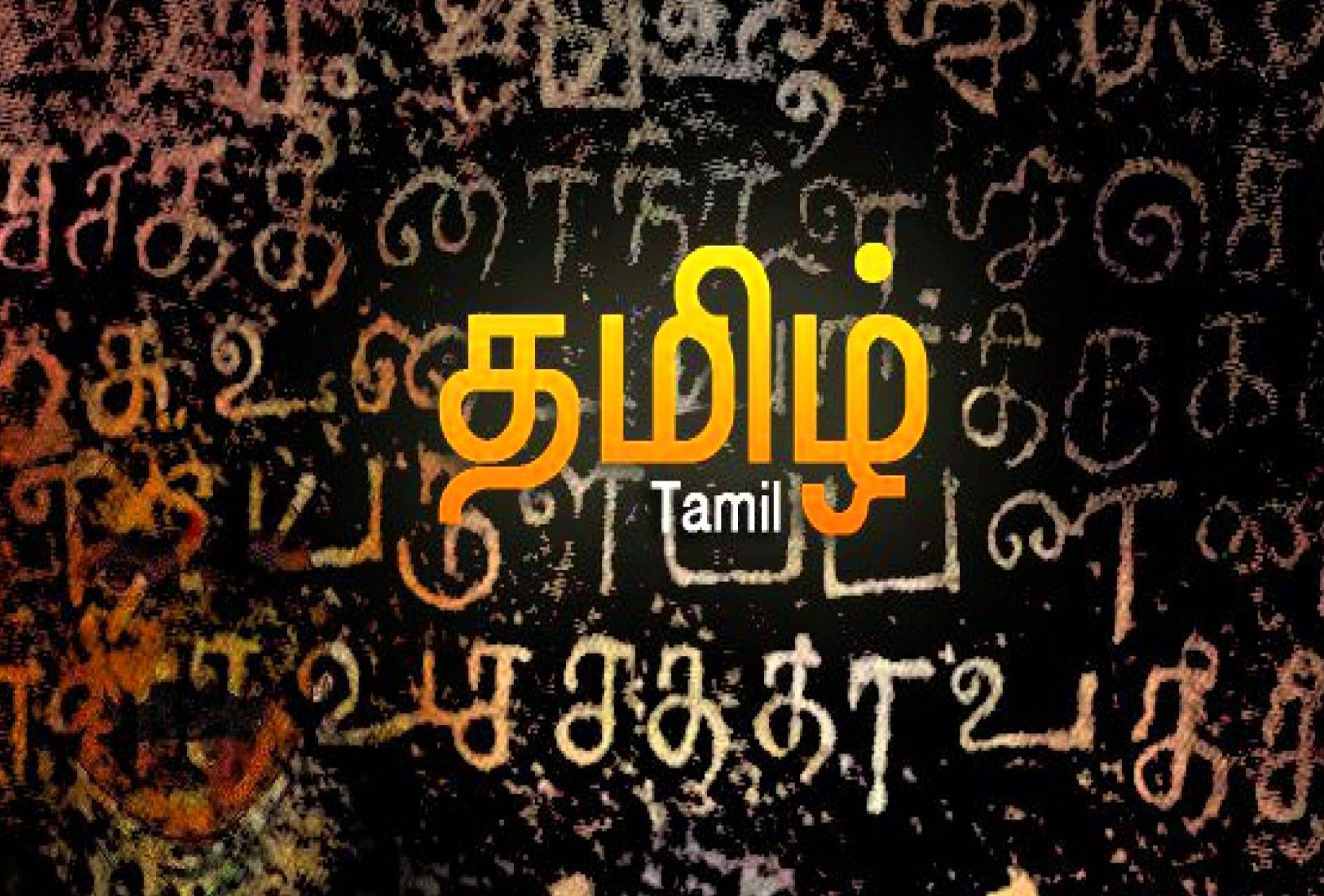
淡米尔语[注 1](தமிழ்,罗马化:Tamiḻ)是一种有超过二千年历史的语言,属于达罗毗荼语系,通行于印度南部、斯里兰卡东北部。它是泰米尔纳德邦和本地治里的官方语言[3]。在印度洋及南太平洋不少印度裔居民也使用泰米尔语,他们散布于马达加斯加、毛里求斯、斐济等地。根据统计,在1996年,泰米尔语在全球的语言人口中排第18位,总人数约7400万。坦米尔语这个名称相信来自梵文“Dravida”(达罗毗荼)的读音变化。泰米尔语有超过2000年的文学传统,而不同于欧洲的拉丁文和罗曼语族,这个传统一直没有中断过。犹如中文的文言文一样,至今古泰米尔文还在日常生活中继续被使用。例如,泰米尔小学生一直到现在还用1世纪的字母韵文 Aathichoodi 来学字母。
Tamil oder Tamilisch (தமிழ் tamiḻ [ˈt̪amɨɻ]) ist eine Sprache aus der dravidischen Sprachfamilie. Sie wird von mindestens 76 Millionen Angehörigen des Volks der Tamilen vor allem im südindischen Bundesstaat Tamil Nadu und in Sri Lanka als Muttersprache gesprochen. Tamil ist weniger stark vom Sanskrit beeinflusst worden als die übrigen dravidischen Literatursprachen. Mit einer eigenständigen Literaturgeschichte von über 2000 Jahren hat das Tamil die längste durchgängige Tradition aller modernen indischen Sprachen und ist in Indien als klassische Sprache anerkannt. Im modernen Tamil herrscht eine Situation der Diglossie, das heißt, die am klassischen Tamil angelehnte Schriftsprache unterscheidet sich stark von der Umgangssprache.
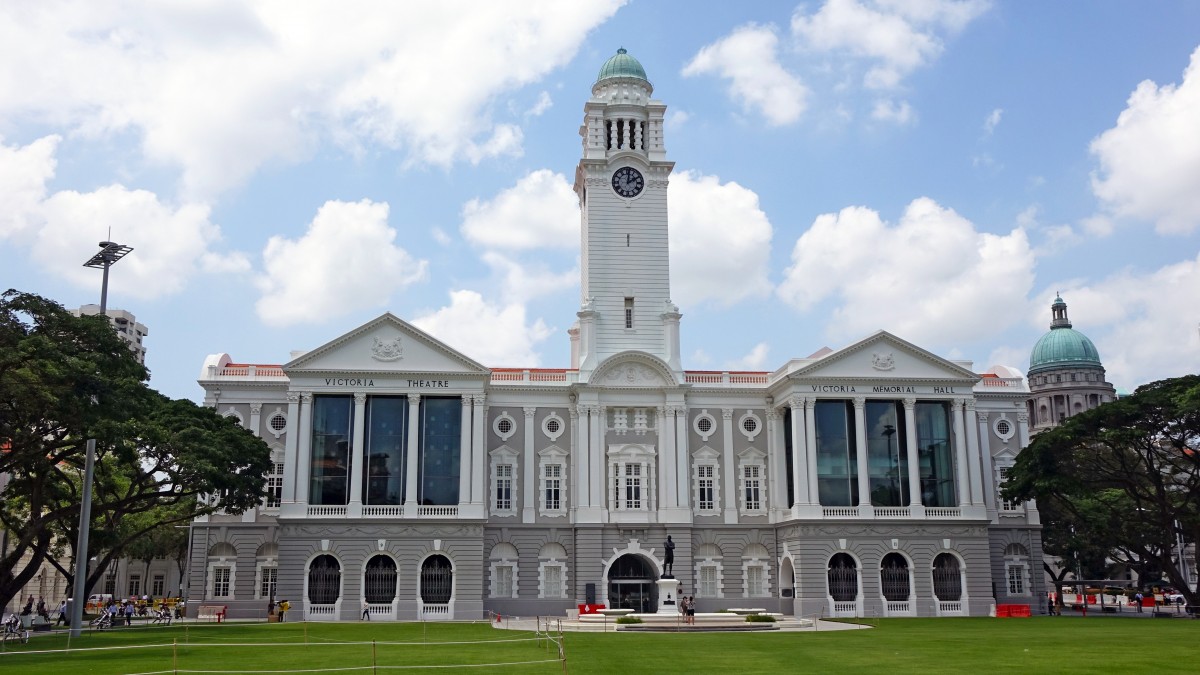

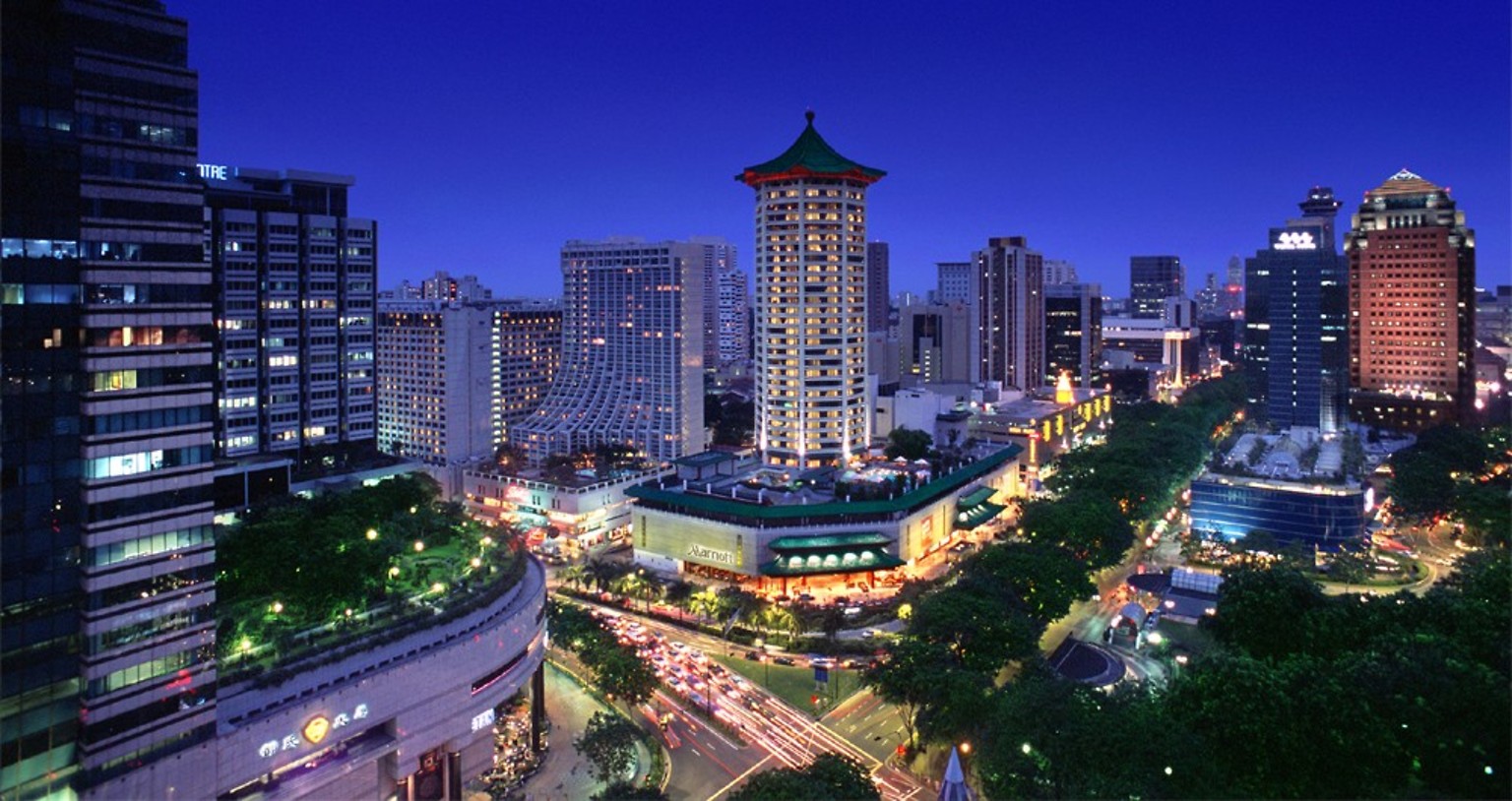
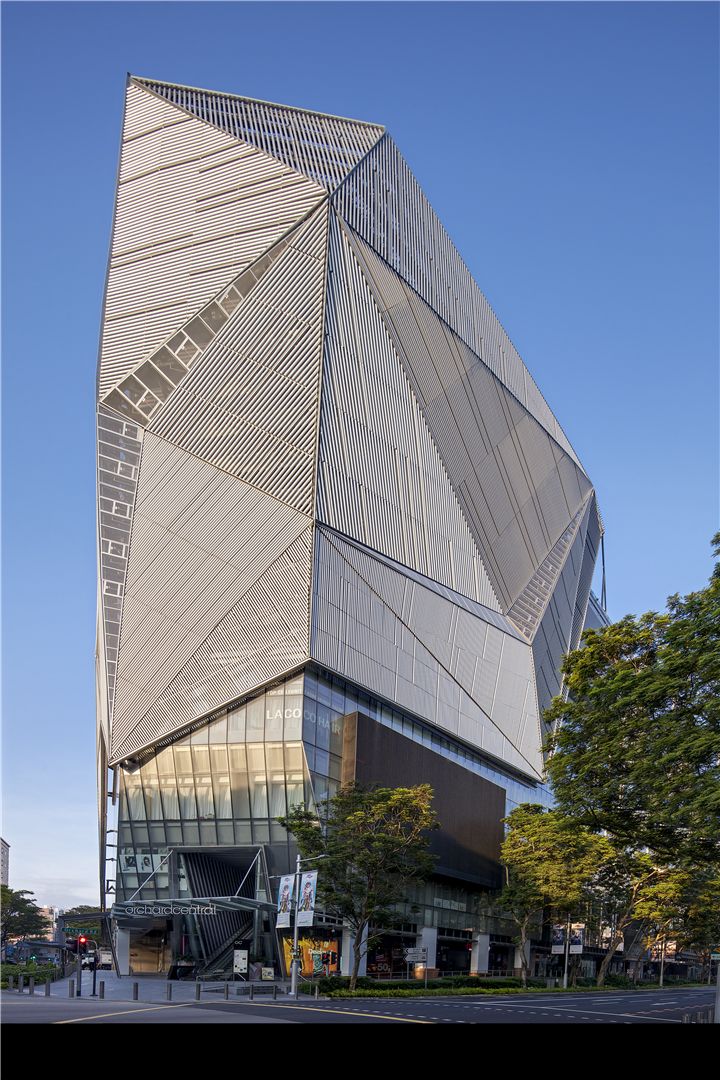

 Financial
Financial
 ***Global Financial Center
***Global Financial Center

 History
History
 M 1500 - 2000 AD
M 1500 - 2000 AD

 History
History
 N 2000 - 2100 AD
N 2000 - 2100 AD

 International cities
International cities
 ***Global Urban Economic Competitiveness
***Global Urban Economic Competitiveness
 Silk road
Silk road
 Singapore
Singapore

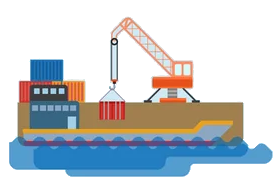 Important port
Important port
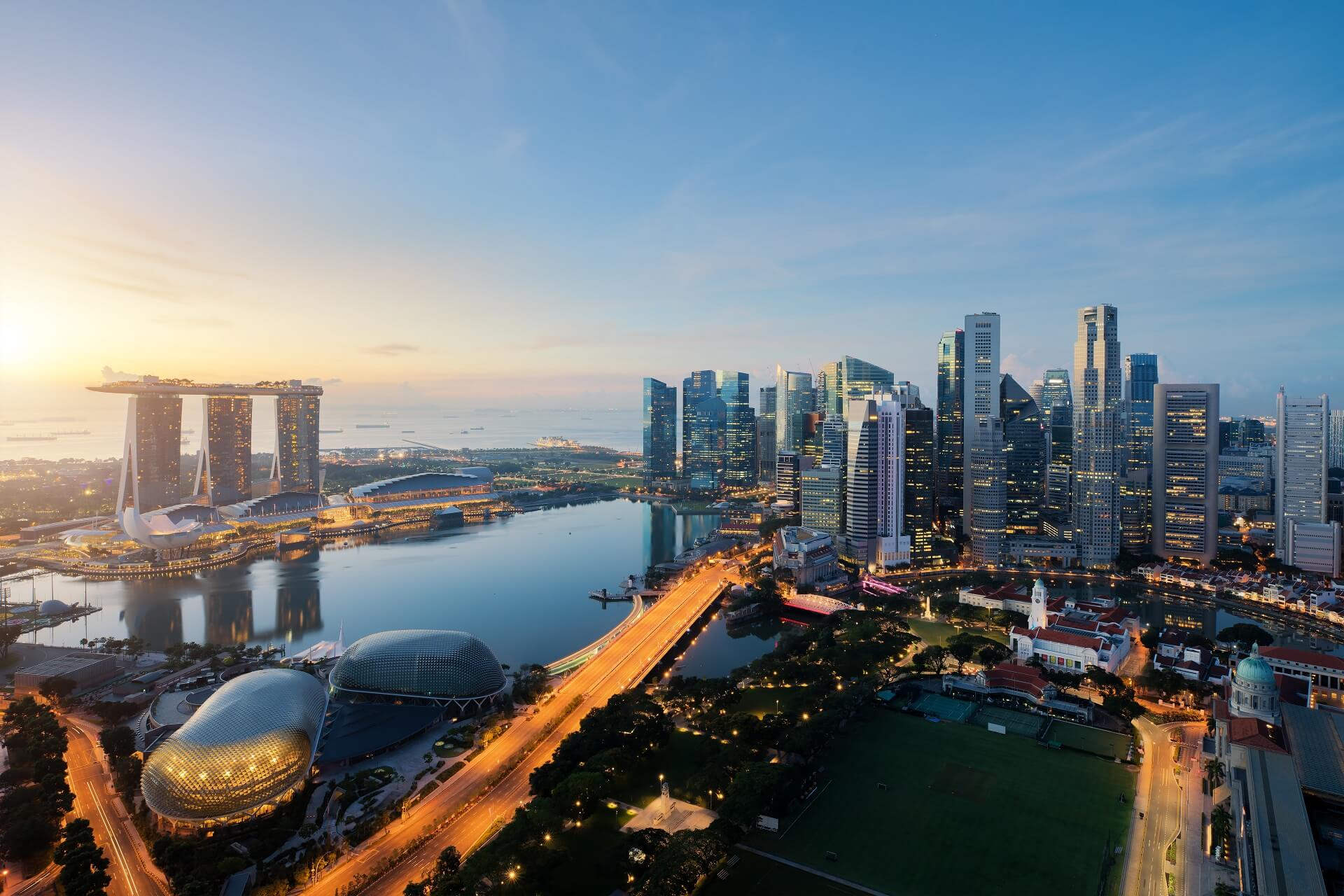
Singapur (amtlich Republik Singapur, englisch Republic of Singapore [ɹɪˈpʰʌb.lɪkʰ.əv.ˈsɪŋ.(g)ə.pʰɔː], malaiisch Republik Singapura, chinesisch 新加坡共和国, Pinyin Xīnjiāpō Gònghéguó, auch: 新加坡 [ɕin.tɕiɑ.pʰuɔ], Tamil சிங்கப்பூர் குடியரசு Ciṅkappūr Kudiyarasu) ist ein Insel- und Stadtstaat und der flächenmäßig kleinste Staat Südostasiens. Er ist Mitglied im Commonwealth of Nations.
Beim Index der menschlichen Entwicklung belegte Singapur 2018 den neunten Platz.[6] Singapur ist eines der reichsten Länder (und Städte) weltweit und gilt als eine der Städte mit den weltweit höchsten Lebenshaltungskosten.[7] Zudem zählt der Stadtstaat mit mehr als elf Millionen ausländischen Touristen im Jahr zu den zehn meistbesuchten Städten der Welt[8] und gilt neben Hongkong als wichtigster Finanzplatz Asiens. Singapur ist ein multiethnischer Staat, in dem Chinesen, Malaien und Inder die größten Bevölkerungsteile stellen.
新加坡共和国(英语:Republic of Singapore;马来语:Singapura;泰米尔语:சிங்கப்பூர் குடியரச),通称新加坡,是东南亚中南半岛南端的一个城邦岛国、城市国家。该国位于马来半岛南端,扼守马六甲海峡最南端出口,其南面有新加坡海峡与印尼相隔,北面有柔佛海峡与西马来西亚相隔,并以新柔长堤与第二通道等这两座桥梁相连于新马两岸之间。新加坡的国土除了新加坡本岛之外,还包括周围所属岛屿,新加坡最大的外岛为德光岛。从新加坡独立以来,大规模的填海已经为新加坡增加了23%的面积,相等于增加了130平方公里。
1819年,任职于英国不列颠东印度公司的斯坦福·莱佛士与柔佛苏丹签订条约,获准在新加坡建立交易站和殖民地,经莱佛士的努力,逐渐发展成繁荣的转口港。由于地理位置特殊,新加坡在第二次世界大战以前一直是大英帝国在东南亚最重要的战略据点。1942年至1945年间,新加坡曾被日本占领三年半之久,其后回归英国管理,并从海峡殖民地独立出来,1959年成立自治邦,1963年加入马来西亚成为一个州,称为新加坡州(简称星州)。1965年8月9日,马来西亚国会以126票赞成、0票反对,同意将新加坡驱逐出联邦。新加坡共和国正式成立,李光耀为总理,尤索夫·伊萨为总统。新加坡被驱逐马来西亚后独立建国。
自1965年独立后,新加坡从穷困潦倒中,依靠着国际贸易和人力资本的操作,迅速转变成为富裕的亚洲四小龙之一,同时凭借着地理优势,新加坡也是亚洲重要的金融、服务和航运中心之一。教育素质良好的国民也是亚洲政治和科学文化的纽带,大多数的新加坡人都通晓至少两种语言,分别是英语以及自己的母语。新加坡是个多元文化种族的社会,也是全球最国际化的国家之一,所以主要由华人组成的新加坡并非为单一民族国家,而是和一部分马来人及印度人所组成的移民国家,其中华人文化以福建移民为大宗[6]。在国内居住的居民有38%为永久居民、持有工作签证的外籍劳工以及持有学生签证的学生,建筑业和服务业的外劳比例分别为80%和50%[7][8][9][10]。整个城市在绿化和环境卫生方面效果显著,故有花园城市之美称。
シンガポール共和国(シンガポールきょうわこく、英語: Republic of Singapore、マレー語: Republik Singapura、簡体字: 新加坡共和国、繁体字: 新加坡共和國、タミル語: சிங்கப்பூர் குடியரசு)、通称シンガポールは、東南アジアに位置し、シンガポール島及び60以上の小規模な島々からなる共和制国家[4]。
同国は、北はジョホール海峡により半島マレーシアから、南はシンガポール海峡によりインドネシアのリアウ諸島州から各々切り離されている。同国は高度に都市化され、原初の現存植生はほとんどない。シンガポールの領土は、一貫して埋立てにより拡大してきた。
シンガポールは、教育・エンターテインメント・金融・ヘルスケア・人的資本・イノベーション・ロジスティクス・製造・技術・観光・貿易・輸送の世界的な中心である。多くの国際順位で格付けされており、最も「テクノロジー対応」国(WEF)、国際会議のトップ都市(UIA)、世界で最もスマートな都市である「投資の可能性が最も高い」都市(BERI)、世界で最も安全な国、世界で最も競争力のある経済、3番目に腐敗の少ない国、3番目に大きい外国為替市場、3番目に大きい金融センター、3番目に大きい石油精製貿易センター、5番目に革新的な国、2番目に混雑するコンテナ港湾。2013年以来、エコノミストはシンガポールを「最も住みやすい都市」として格付けしている[5][6][7][8]。
シンガポールは、すべての主要な格付け機関からAAAソブリン格付けを持つ、アジアで唯一の国であり、世界11か国のうちの1つである。シンガポール航空は2018年の「世界最高の航空会社」であり、世界的にはシンガポール港とチャンギ国際空港がそれぞれ「マリタイムキャピタル」と「ベスト空港」のタイトルを連続して獲得している[9][10]。
シンガポールは、1人当たりGDPが2番目に高く、国連人間開発指数で9位である、主権国にとってアジアで最高。これは、教育・医療・平均余命・生活の質・個人の安全・住宅などの主要な社会的指標に高く置かれており、人口の90%が家の所有者である。
Singapore (/ˈsɪŋ(ɡ)əpɔːr/ ( listen)), officially the Republic of Singapore, is a sovereign city-state and island country located in maritime Southeast Asia. Singapore lies about one degree of latitude (137 kilometres or 85 miles) north of the equator, and is situated off the southern tip of the Malay peninsula, and, by extension, the southernmost extremity of continental Eurasia. The island country is wedged between western Indonesia and peninsular Malaysia, sharing its southern maritime border with the Batam, Bintan, and Karimun archipelago of the former's Riau Islands province, and its northern, western, and eastern maritime borders with the latter's Johor state; it is additionally in the vicinity of Sumatra to its west and Borneo to its east. The island country is enveloped by the littoral waters of the Johore Strait to its north and the Singapore Strait to its south, and is geographically positioned within the confluence of the Indian and Pacific Oceans, being bounded by the Malacca Strait to its west and the South China Sea to its east. The country's territory, which is archipelagic, is composed of one main island, 63 satellite islands and islets, and one outlying islet, the combined area of which has increased by 25% since the country's independence as a result of extensive land reclamation projects.
listen)), officially the Republic of Singapore, is a sovereign city-state and island country located in maritime Southeast Asia. Singapore lies about one degree of latitude (137 kilometres or 85 miles) north of the equator, and is situated off the southern tip of the Malay peninsula, and, by extension, the southernmost extremity of continental Eurasia. The island country is wedged between western Indonesia and peninsular Malaysia, sharing its southern maritime border with the Batam, Bintan, and Karimun archipelago of the former's Riau Islands province, and its northern, western, and eastern maritime borders with the latter's Johor state; it is additionally in the vicinity of Sumatra to its west and Borneo to its east. The island country is enveloped by the littoral waters of the Johore Strait to its north and the Singapore Strait to its south, and is geographically positioned within the confluence of the Indian and Pacific Oceans, being bounded by the Malacca Strait to its west and the South China Sea to its east. The country's territory, which is archipelagic, is composed of one main island, 63 satellite islands and islets, and one outlying islet, the combined area of which has increased by 25% since the country's independence as a result of extensive land reclamation projects.
Throughout its millennia-long history, Singapore—historically known by the names Pulau Ujong, Temasek, and subsequently Singapura—was a maritime emporium that fell under the suzerainty of several successive Indianised and Islamicate Malay polities: initially a series of ancient to medieval Hindu-Buddhist thalassocratic empires, subsequently a medieval localised Hindu-Buddhist kingdom, and ultimately two medieval to early modern Islamic sultanates.[14][Note 8] The 1819 arrival of Stamford Raffles, a British colonial officer, and the subsequent establishment of a British East India Company trading post on the main island—then part of the Johor Sultanate—marked the genesis of modern Singapore. Five years later, the British and Dutch East India companies partitioned the Sultanate, with the British coercively wresting Singapore from the Sultan in the process, marking the cessation of indigenous rule over the island for the first time in its history. In 1826, Singapore was incorporated into the Straits Settlements, a pan-Malayan presidency of the Company with Penang as capital,[15][Note 9] and in 1830, the Settlements were annexed to British India as a residency, where they would be governed from the capital of Calcutta under two administrations—until 1858 under Company rule, and—following the Company's collapse in the wake of the 1857 Indian Rebellion—until 1867 under the successive British Raj. In 1867, the administration of the Settlements was transferred to London, bringing them under the direct control of the United Kingdom as a Malayan crown colony.[16][17][18]
From 1867 to the 1940s, Singapore, having taken over Penang as capital of the Settlements, grew into a thriving entrepôt and settler-colony under the auspices of the British Empire, attracting large numbers of non-indigenous settlers and sojourners from the region and beyond.[19] During the Second World War, Imperial Japan invaded and annexed Singapore, resulting in an interregnum of British colonial rule corresponding with a brief but bloody Japanese occupation from 1942 to 1945. Following Japan's surrender in 1945, Singapore was returned to British control; in 1946, the Straits Settlements were dissolved, and Singapore became a standalone crown colony. In 1959, following a protracted period of agitation against colonial rule, Singapore was granted limited autonomy; in 1963, it became fully emancipated from the British Empire upon its federation with the territories of the erstwhile British Malaya and British Borneo to form the new country of Malaysia.[Note 10] However, after two tumultuous years as a constituent state of the Malaysian Federation, marred by violent ethnoreligious strife and other intractable differences between indigenous and non-indigenous groups, Singapore was expelled in 1965, becoming the first country in modern history to gain independence against its will—although this narrative remains contentious.[Note 11] After early years of turbulence, the newly sovereign nation—viewed as a nonviable state by international observers due to its diminutiveness, geostrategic vulnerability, absence of natural resources, and lack of a hinterland—defied odds by rapidly developing and industrialising under the leadership of the inaugural People's Action Party to become a high-income economy and developed country within a single generation.
Singapore is a unitary parliamentary constitutional republic with a unicameral legislature that has been characterised by dominant-party rule since independence. It is considered a soft authoritarian technocratic state; the Economist Intelligence Unit rated Singapore a "flawed democracy" in 2019.[21] It is the only truly sovereign city-state in the world; it has its own currency and a well-funded military that is considered the most advanced in Southeast Asia.[22] The country is home to 5.6 million residents, 61% (3.4 million) of whom are Singaporeans; as a legacy of its historical nature as an entrepôt and settler-colony, modern Singapore is a pluralistic country with a racially, culturally, and religiously diverse citizenry,[23][24] with one indigenous ethnic group, the Malays, and two settler-descended ethnic groups, the Chinese and Indians, forming the historical and contemporary core of the citizen populace. As a reflection of this pluralism, multiracialism has been enshrined as a foundational principle of the state, and has shaped the country's politics and national policies. The country, which is Anglophone, has four official languages: English, Malay, Chinese, and Tamil; Malay, as the ancestral language of the country, is accorded protected status in the country's constitution as the national language, while English is the lingua franca, being spoken as a common tongue by the vast majority of Singaporeans.
Singapore is one of the five founding members of ASEAN, is the headquarters of the Asia-Pacific Economic Cooperation (APEC) Secretariat and Pacific Economic Cooperation Council (PECC) Secretariat,[25] is a member of the United Nations, World Trade Organization, East Asia Summit, Non-Aligned Movement, and the Commonwealth of Nations, and is a recurrent guest invitee to the annual G20 summit;[26] its outsized influence on global affairs, relative to its size, has lead to it being classified as a middle power.[27][28] The country is the most developed sovereign nation in Asia, being ranked 9th on the UN Human Development Index, and has the 7th highest GDP per capita in the world.[29][30] It is also considered by Transparency International to be the most incorruptible nation in Asia, and the fifth most incorruptible worldwide. Singapore is placed highly in key social indicators: education, healthcare, quality of life, personal safety and housing, with a home-ownership rate of 91%. Singaporeans enjoy one of the world's longest life expectancies and one of the lowest infant mortality rates in the world.[31] As a city, Singapore is classified as an Alpha+ global city, and is the only country in Asia with an AAA sovereign rating from all major rating agencies. It is a major financial and shipping hub, consistently ranked the most expensive city to live in since 2013, and has been identified as a tax haven.[32][33] Singapore is also a popular tourist destination, with well-known landmarks such as the Merlion, Marina Bay Sands, Gardens by the Bay, the Jewel, the Orchard Road shopping belt, the resort island of Sentosa, and the Singapore Botanic Gardens, the only tropical garden in the world to be honoured as a UNESCO World Heritage Site.[34][35]
Singapour, en forme longue la république de Singapour (en anglais : Singapore et Republic of Singapore, en chinois : 新加坡 (Xīnjiāpō) et 新加坡共和国 (Xīnjiāpō Gònghéguó), en malais : Singapura et Republik Singapura, en tamoul : சிங்கப்பூர் (Ciṅkappūr) et சிங்கப்பூர் குடியரசு) (Ciŋkappūr Kudiyarasu), est une cité-État d’Asie du Sud-Est. Sa superficie est de 719,1 km2. Elle comprend 63 îles, dont la principale est Pulau Ujong (584,8 km2). Cette île est très densément urbanisée, mais la végétation luxuriante – même en plein centre-ville – a valu à Singapour le surnom de « ville jardin ». Cette abondance de verdure découle en partie d'un climat équatorial, uniformément chaud et orageux tout au long de l'année. Sa densité de population est la plus élevée d'Asie et la deuxième sur le plan mondial.
L'État de Singapour est situé à l'extrême sud de la péninsule Malaise, dont il est séparé au nord par le détroit de Johor, et borde au sud le détroit de Singapour. Il est connu et souvent montré en exemple pour son extraordinaire réussite économique. Après l'indépendance de l'Empire britannique en 1958, le rattachement à la Malaisie en 1963, puis l'indépendance en 1965, Singapour a su devenir, avec très peu de ressources naturelles et des problèmes socio-économiques importants – émeutes raciales, chômage massif, difficultés de logement et d'accès à l'eau –, l'un des pays les plus développés et les plus prospères du monde, en termes d'économie, d'éducation, de santé, de sécurité et d'urbanisme. La ville, cité souveraine, est un réduit chinois au cœur même du monde malais : la population est majoritairement composée de Chinois (74,3 %). De cette confrontation ethnique sont nés en partie les troubles qui ont accéléré son retrait de la Malaisie, le 9 août 19656.
Dans les années 1980, le pays fait partie, avec Hong Kong, la Corée du Sud et Taïwan, des quatre dragons asiatiques, des États en transition et au développement économique effréné. En 2011, Singapour est le troisième pays au monde en termes de produit intérieur brut à parité de pouvoir d'achat (PPA) par habitant après le Qatar et le Luxembourg7. Plaque tournante commerciale et financière entre la zone Pacifique et l'Europe, la ville doit son essor à sa situation maritime exceptionnelle à l'extrémité Est du détroit de Malacca, qui lui vaut le surnom de : Cité marchande aux confins de l'Orient. Elle possède le deuxième port au monde (après Shanghai) en termes d'exportations et de trafic maritime. La population singapourienne dispose d'un très haut niveau de vie et la Cité-État est souvent surnommée La Suisse d'Asie8. En 2009, Singapour affichait ainsi la plus forte concentration de millionnaires rapportés à la population totale devançant Hong Kong (Chine), la Suisse, le Qatar et le Koweït9.
Présentant une stabilité politique remarquable, Singapour est considéré aujourd'hui comme une « démocratie autoritaire » ou « dictature bienveillante », avec la même famille au pouvoir depuis l'indépendance. La cité-État est donc considérée comme un pays pratiquant le libéralisme économique sans le libéralisme politique.
Le centre-ville est situé dans le sud de l'île de Pulau Ujong, à l'embouchure de la rivière Singapour (Singapore River). Il comprend un centre d'affaires qui a fait de la ville la quatrième place financière au monde, ainsi que différents quartiers ethniques (chinois, malais, et indien) et une grande zone commerciale autour d'Orchard Road.
Singapore (AFI: /sinɡaˈpore/[5]), ufficialmente Repubblica di Singapore (in malese Republik Singapura; in inglese Republic of Singapore; in cinese 新加坡共和国, Xīnjiāpō Gònghéguó; in tamil சிங்கப்பூர் குடியரசு, Ciŋkappūr Kudiyarasu), è una città-Stato del sud-est asiatico, situata sull'estrema punta meridionale della penisola malese, 152 km a nord dell'equatore. Si sviluppa su un arcipelago formato da 58 isole, la più grande e principale delle quali è l'isola di Singapore che ospita la metropoli. A nord Singapore è separata dalla Malaysia dallo Stretto di Johor, a sud è separata dalle indonesiane isole Riau dallo Stretto di Singapore.
La città-Stato è il quarto principale centro finanziario del mondo[6] ed è una delle principali città cosmopolite del globo, con un importante ruolo nel commercio internazionale e nella finanza. Il suo porto è tra i primi cinque per attività e traffico su scala mondiale.[7]
Singapore è un Paese con una lunga storia di immigrazione. Ha una popolazione variegata e gli oltre 5 milioni di abitanti sono composti prevalentemente da cinesi, malesi, indiani e altre discendenze di asiatici ed europei.[8]
Il 42% della popolazione è straniero, qui presente per lavoro o studio. I lavoratori stranieri costituiscono il 50% del settore dei servizi.[9][10]
Singapore è il secondo Paese più densamente popolato del mondo dopo il Principato di Monaco e nel 2009 ha raggiunto la più alta concentrazione di milionari in rapporto alla popolazione, davanti a Hong Kong, Svizzera, Qatar e Kuwait.[11]
Singapur, oficialmente República de Singapur (en inglés: Republic of Singapore; en chino: 新加坡共和国 [Xīnjīapō Gònghéguó]; en malayo: Republik Singapura; y en tamil: சிங்கப்பூர் குடியரசு [Siṅkappūr Kuṭiyarasu]), es un país soberano insular de Asia, formado por sesenta y tres islas, cuya forma de gobierno es la república parlamentaria.
Su territorio se divide en cinco consejos de desarrollo comunitario. Su capital es la ciudad de Singapur, por lo que Singapur se considera una ciudad-estado. Está situado al sur del Estado de Johor en la península de Malasia y al norte de las islas Riau de Indonesia, separada de estas por el estrecho de Singapur. Con 697 km²,1 es el país más pequeño del Sudeste Asiático. Su territorio ha crecido constantemente con tierras ganadas al mar.
Desde el siglo II d. C., cuando se establecieron allí los primeros humanos, la isla de Singapur ha formado parte de varios imperios regionales. El moderno Singapur fue fundado en 1819 por el británico Thomas Stamford Raffles como puesto comercial de la Compañía Británica de las Indias Orientales con el permiso del Sultanato de Johor. El Reino Unido obtuvo la soberanía sobre la isla en 1824 y esta pasó a ser una de las Colonias del Estrecho británicas en 1826. Ocupada por los japoneses durante la Segunda Guerra Mundial, Singapur declaró su independencia del Reino Unido en 1963 como un estado más de Malasia mediante un referéndum de incorporación, de la que se separó dos años después. Desde entonces la ciudad-estado ha prosperado rápidamente y se ha ganado la distinción de ser uno de los «cuatro tigres asiáticos».
Singapur es una de las principales ciudades globales y uno de los centros neurálgicos del comercio mundial, contando con el tercer mayor centro financiero y el segundo puerto que más mercancías mueve. Su economía globalizada y diversificada depende especialmente del comercio y del sector manufacturero. En términos de paridad de poder adquisitivo, Singapur es el tercer país con mayor renta per cápita del mundo, además de figurar entre los primeros países en las listas internacionales de educación, sanidad, transparencia política y competitividad económica.
Políticamente, Singapur es una república parlamentaria multipartidista con un gobierno parlamentario unicameral inspirado en el sistema Westminster británico. El Partido de Acción Popular ha ganado todas las elecciones desde que el país obtuvo la independencia. Sin embargo, las libertades civiles y de expresión están sumamente restringidas y se dan casos de censura por parte del Gobierno, por lo que está considerado como un país con rasgos tanto democráticos como autoritarios.4 La población, unos cinco millones de habitantes, es muy diversa: alrededor de dos millones son de origen extranjero y entre los nativos, el 75 % son chinos y el resto minorías de malayos, indios o euroasiáticos. Esta diversidad tiene su reflejo en los cuatro idiomas oficiales del país, que son el inglés, el chino, el malayo y el tamil, así como en las políticas gubernamentales que promueven el multiculturalismo.5
Singapur es uno de los miembros fundadores de la Asociación de Naciones del Sudeste Asiático y ha sido sede del secretariado del Foro de Cooperación Económica Asia-Pacífico, además de formar parte de la Cumbre de Asia Oriental, del Movimiento de Países No Alineados y de la Mancomunidad de Naciones. El rápido desarrollo del país lo ha llevado a tener una influencia importante en los asuntos internacionales y a que algunos analistas lo consideren una potencia intermedia.67
Республика Сингапу́р (англ. Republic of Singapore; малайск. Republik Singapura, ريڤوبليق سيڠاڤورا; кит. трад. 新加坡共和國,


 Architecture
Architecture
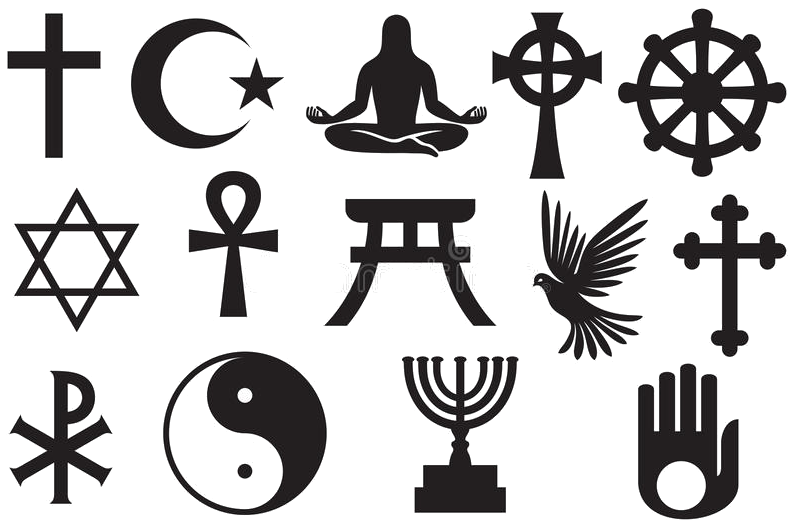 Religion
Religion
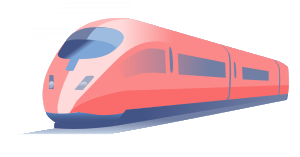 Transport and traffic
Transport and traffic
 Music
Music
 Life and Style
Life and Style
 Sport
Sport